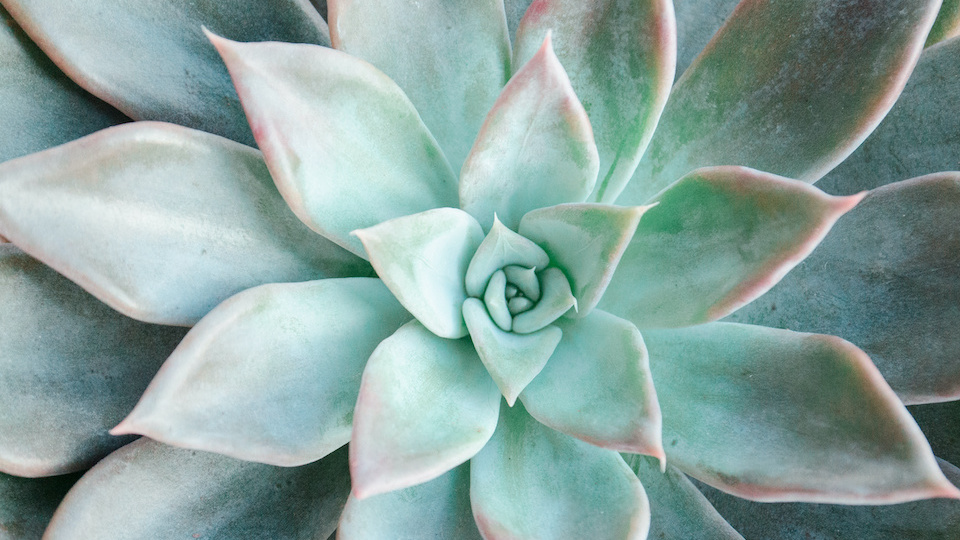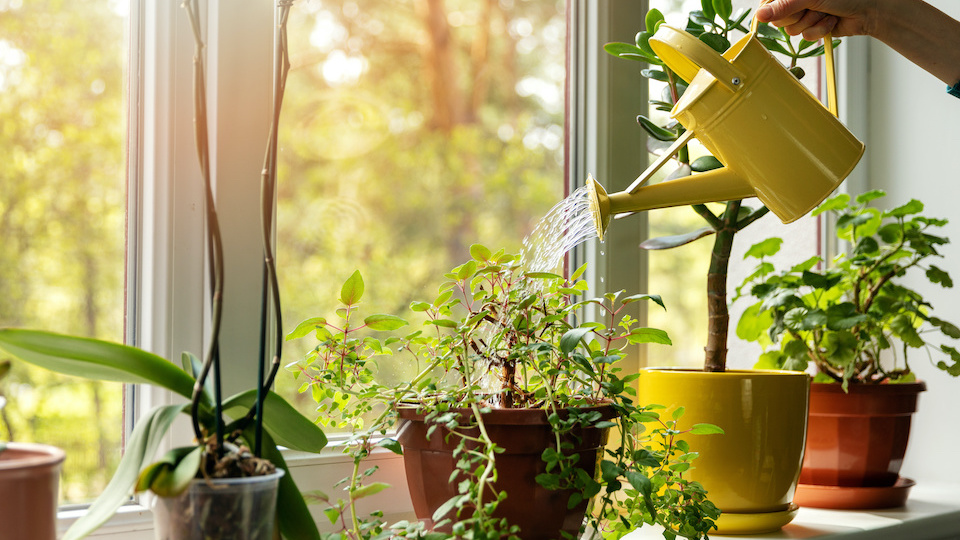I love houseplants. Not only do they help to keep the indoor air fresh and toxin-free, but they also add a warm and organic flair to decor. Most houseplants are not overly fussy and require only minimal care once established. However, it is essential to adopt an excellent watering regime if you want your plants to flourish. Read on to discover how to keep your houseplants looking their best and discover the number one mistake you must avoid when watering your precious indoor plants.
When to water houseplants
So, your best friend just gave you your very first houseplant, and you are in love. As she hands you your plant, she tells you that it is imperative to keep your plant on a strict watering schedule, or it may die. As good as her intentions may be, your friend is not entirely correct. Before you get on the phone to let her know, understand that many well-meaning houseplant owners attempt to regulate their plants’ watering schedule.
The truth is, each plant has its own watering needs that are mostly established by things like the type of plant, location, time of year, and size. If you don’t consider these things, you will likely end up either overwatering or under watering your houseplants. Let’s break a few of these own a little further.

Type of plant: Plants with thick and fleshy leaves like succulents have adapted to infrequent waterings. Too much water is a disaster for succulents and can cause rotting. Plants with thin or numerous leaves require more frequent watering.

The time of year: During the winter, there is less light, and the temperature is cooler, which means that plant growth slows. Generally, during this time, you can reduce water – sometimes to just once or twice a month.

Plant placement: Depending on where you placed your plant, there may be a lot of light, warmer, or cooler air. Keep in mind that more intense light and warmer temperatures ramp up photosynthesis, which means plants need more water. Plants in humid locations like bathrooms require less water than those in a drier area.

Size of plant/pot and pot material: A large plant inside a smaller pot requires more water than a small plant in a large pot. In the small pot with the large plant, there is less space in the pot for soil, and it is the soil that holds the water. The opposite is true for a small plant in a large pot with plenty of soil to hold water.
Plants growing in porous clay pots require more frequent watering because water is wicked from the soil into the pot.
The #1 mistake you must avoid when watering your houseplants
The top cause of death in houseplants is drowning – which happens when they are overwatered. The roots end up sitting in water, which essentially leads to the plant drowning. First time and even seasoned houseplant owners need to be cautious not to drown their plants in this fashion.
Reading your plants
Knowing how to read your plants’ signals helps you understand how to meet their needs.
Signs that your houseplant has too little water
- Leaves appear limp and wilted. Sometimes they turn translucent.
- Edges of leaves are brown and starting to dry.
- Old leaves fall off the plant.
Signs that your houseplant has too much water
- Plant flowers develop mold.
- Old and new leaves fall off the plant.
- Leaf tips turn brown.
Tips to keep houseplants perfectly watered
- Check houseplants daily for soil moisture.
- Water only when the top inch of soil becomes dry.
- Place plants in self-watering pots where they wick up just what water they need.
- Use water globes or make your very own self-waterer using a wine bottle.
- Never water houseplants using tap water that contains salt and chlorine. Consider using filtered water instead, which is purer.
Happy Growing,
-Susan, CBHC, Master Gardener



